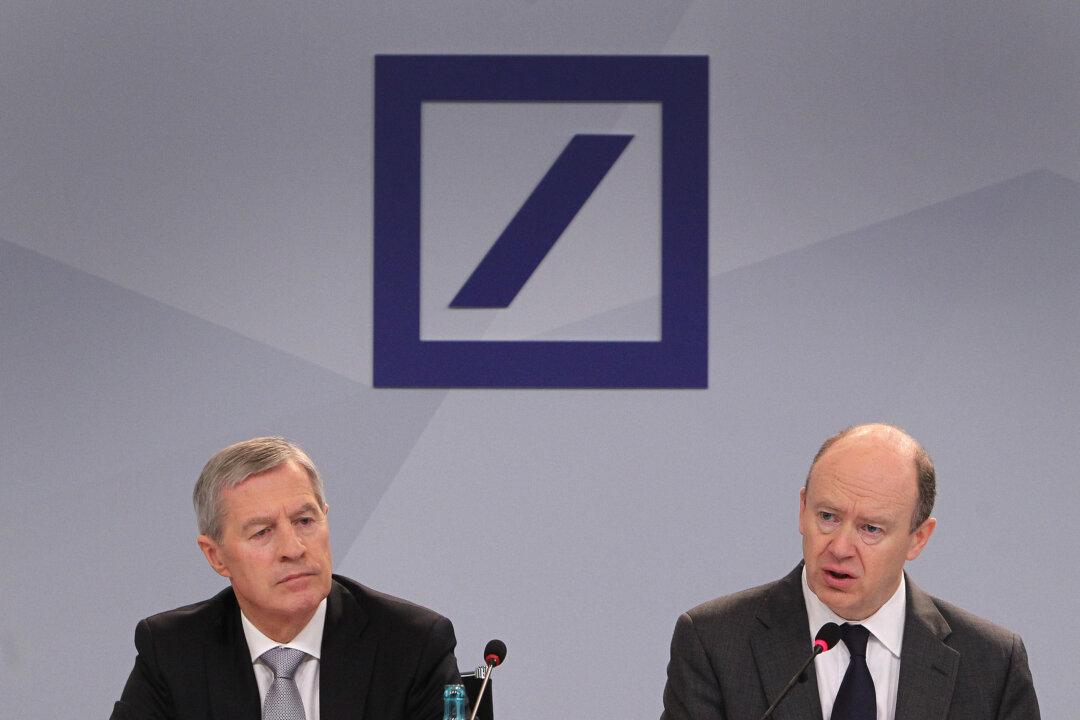Despite assurances by Deutsche Bank Co-CEO John Cryan that the bank is “rock solid,” historical precedents of bank failures and parallels to Deutsche’s situation today are scaring the markets.
In fact, the similarities between Germany’s largest bank and the likes of bankrupt Lehman Brothers, Bear Stearns, Fortis, and AIG are eerily familiar. Besides the fact that all of them were overleveraged and had little capital relative to their assets or derivative book, there are other commonalities that should give Deutsche Bank shareholders pause.
Needless to say, the stock is in free-fall. Down 31 percent this year, it is almost 90 percent off its 2007 all-time high of 117 euro. If you look up charts of the other big bankruptcies during the financial crisis, they look much the same before the equity value was eventually wiped off the charts completely.





